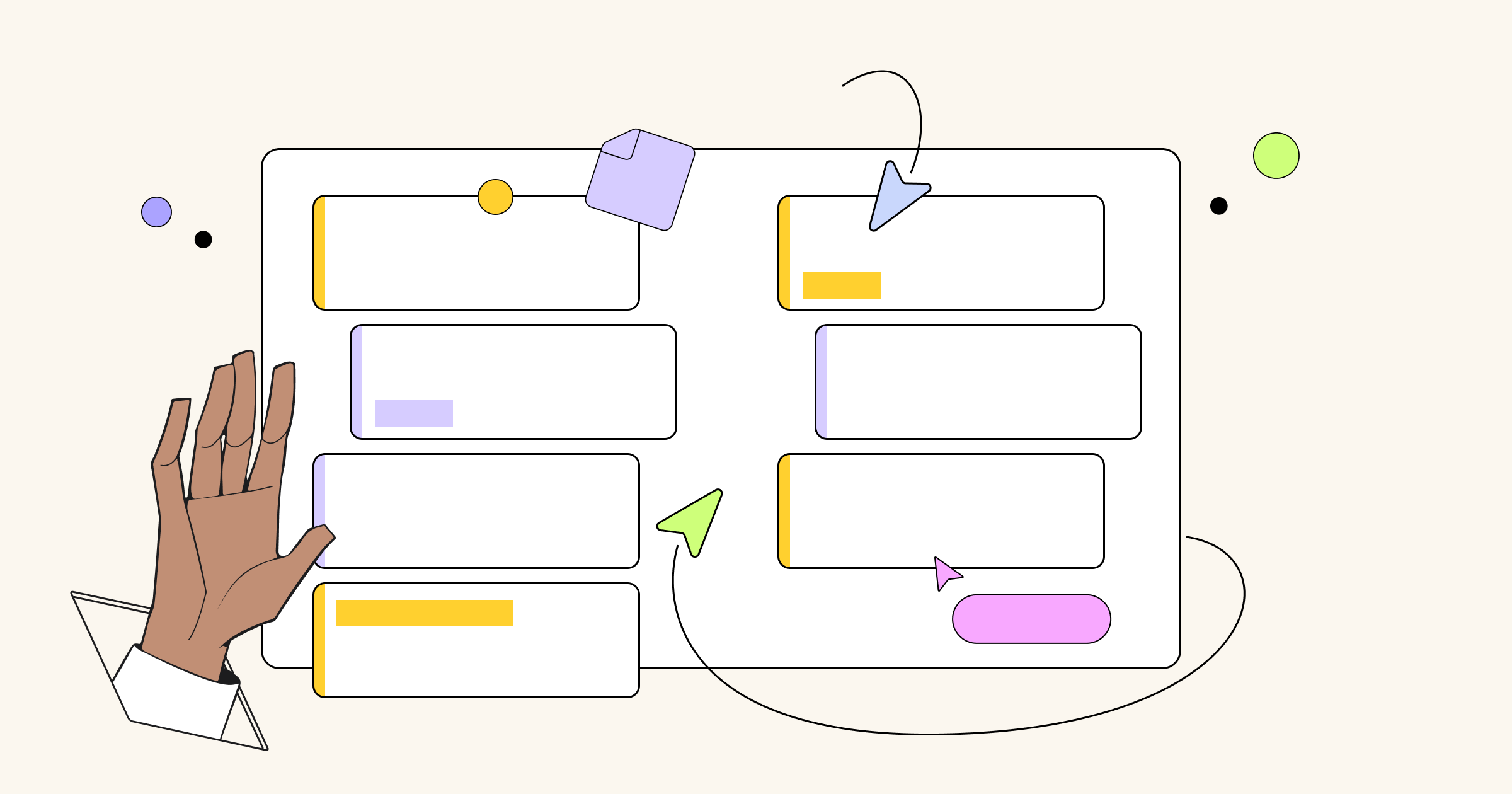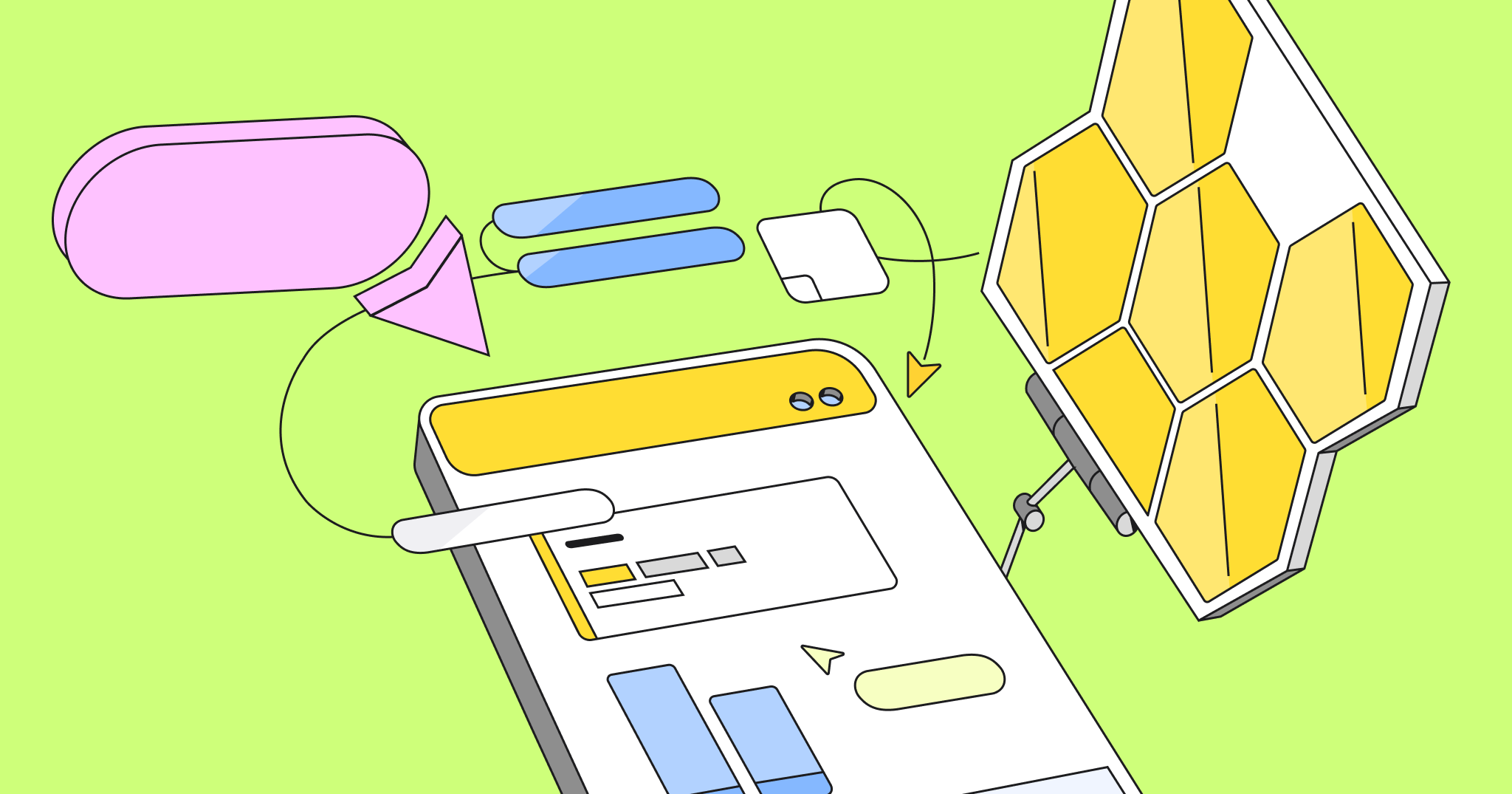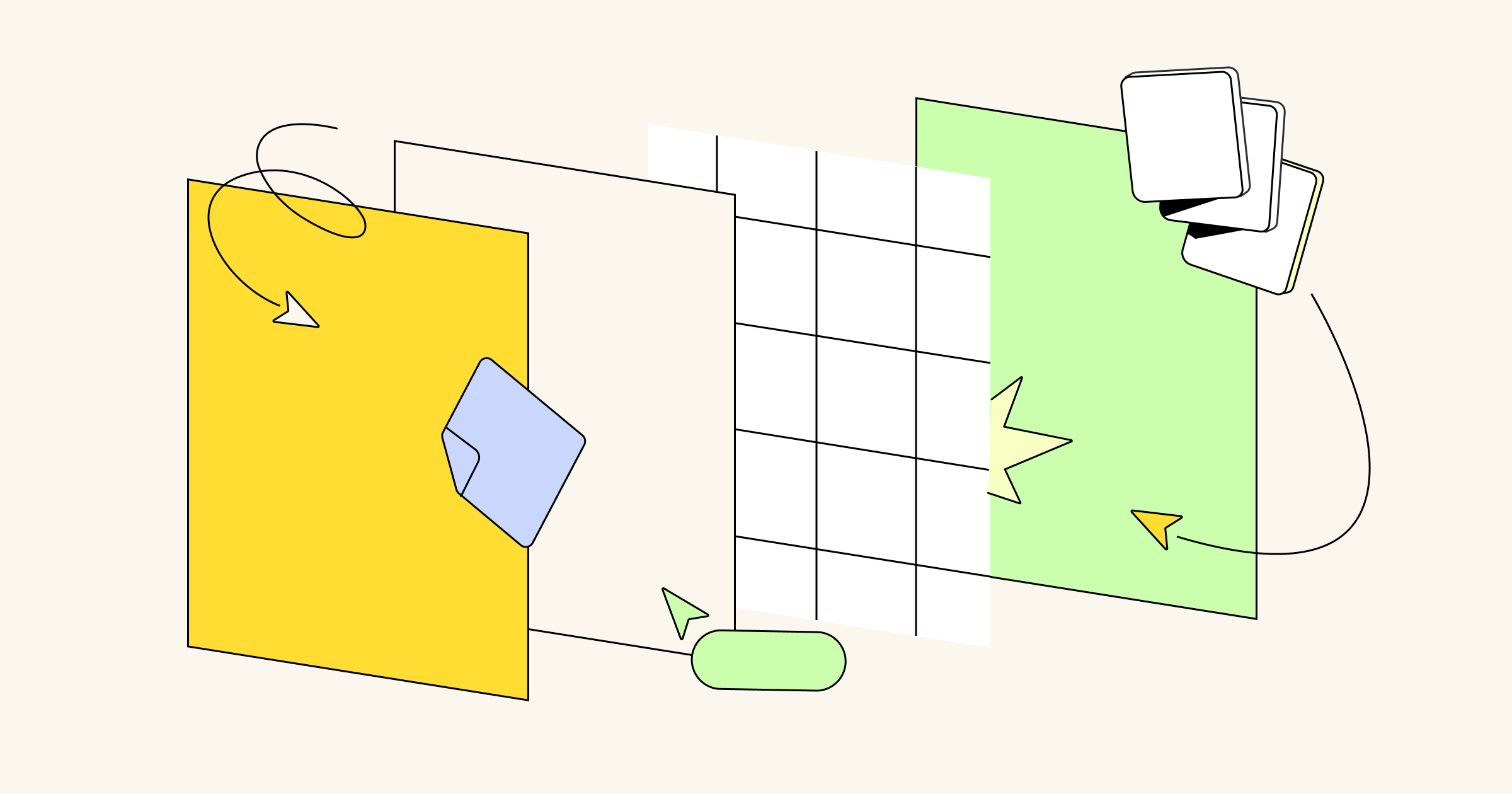You want the product development process to be full of opportunity and enthusiasm. You’re ideating, collaborating, and building something new together.
But excitement doesn’t always correlate with efficiency. Innovation hinges on successful planning, communication, and teamwork. If you don’t get those right, you’re in for a lot of roadblocks.
To make product development smoother, it’s helpful to understand where teams typically get stuck. In a recent survey, we asked more than 1,700 knowledge workers to identify the points in the product or service development process where they’re most likely to get derailed. Here are the most commonly cited answers, as well as our advice to help you keep things on track.
Roadblock #1: Resource allocation
Percent of respondents that selected this roadblock: 42%
These product teams say that it’s tough to determine the time, budget, and people a product will need; and even harder to assign and manage those resources with an iterative and ever-changing process.
How to stay on track:
- Define your product scope and project scope: Yes, they’re different. Your product scope outlines all the characteristics of your product or service, while your project scope details all the work required to bring them to life. Taking the time to hash out both gives you a more accurate understanding of what resources you really need and where they fit.
- Use an Agile approach: Using Agile for product development has many benefits (which is likely why 52% of companies use it for more than half of their projects). But resource planning is definitely a big one. Your resource needs evolve along with your product, and working in shorter sprints gives you regular opportunities to review your resources and make changes as needed.
- Create a single source of truth: It’s hard to get a grasp of your various resources if they’re spread amongst different spreadsheets and platforms. Create a single source of truth for the entire product development process and your resource planning (Miro is great for this!) so that you can get that much-needed bird’s-eye view.
- Remember dependencies: As you allocate your (often limited) resources, remember not to look at this one product in isolation. You need to take any dependencies into account. For example, maybe you need the marketing team’s support but they’re heads-down on a website overhaul until Q2. That’s a resource dependency you need to consider as you form your own plan.
Roadblock #2: Creation (getting the work done)
Percent of respondents that selected this roadblock: 40%
The actual work is…well, hard work. This is when you’re building the mockups and prototypes, collecting user feedback, and iterating to develop the actual end product. So it makes sense that it’s a part of the process that can cause a lot of setbacks.
How to stay on track:
- Agree on product vision and expectations: Creation is way harder if everybody is unclear on the end goal. Hashing out a detailed product vision ensures everybody is moving in the right direction. This shouldn’t stifle creativity but merely provide helpful guardrails as they move forward.
- Lean on user feedback: Customer feedback is not a one-time box to check once you’re done building. It should happen at every stage of product development (including when you’re in the thick of creating the end product).
- Get comfortable with iteration: Nothing halts the creative process more than the desire for perfection. You might want to get the product right immediately, but that’s not how this works. Iteration is important, and trying to avoid it is how you end up stuck with a product that’s not actually working. Just think: What if Amazon had never deviated from its online bookstore roots?
Roadblock #3: Capturing customer needs
Percent of respondents that selected this roadblock: 37%
You’re not building a new product or service for the heck of it — you’re doing so to meet a customer need. But to make that happen, it’s pivotal to understand what those needs are. Unfortunately, that’s another area where a lot of product teams lose their way.
How to stay on track:
- Consolidate your customer feedback: The customer support team logs all of their feedback in a dashboard. The sales team has a spreadsheet. The product team has its own running document. When this information is siloed, you miss out on valuable insights. Bring all of your customer and product feedback into one place so you can get a more holistic view of what your customers really want.
- Switch up your methods: You won’t learn everything you need to know from a single survey or focus group. Use those along with analytics, keyword research, social listening, one-on-one interviews, and more to build a broader and more varied perspective of your customer needs.
- Keep customers informed: People don’t get tired of offering their opinions — they get tired of nothing happening with it. Provide candid updates to your customers about how you’ve used their feedback to shape new features, products, or services. When you demonstrate that their contributions actually do something, they’ll be more likely to participate again.
Roadblock #4: Initial brainstorming
Percent of respondents that selected this roadblock: 36%
The sky’s the limit. The world is your oyster. There’s no idea too big. Exciting? Yes. Overwhelming? Also yes. For many product teams, the initial brainstorming and idea creation is a common place to get stuck.
How to stay on track:
- Try brainwriting: Rapid-fire brainstorming sessions can feel daunting. Brainwriting (where people write down their ideas independently before sharing them with the group) feels a little more low-pressure. Plus, research shows that it generates not only more ideas but also better ideas.
- Use problem framing: When you’re swept up in the excitement of brainstorming, you may lose sight of your original goal: solving a problem for your customers. Before focusing on solutions, try problem framing to ensure everybody is on the same page about the actual problem you’re trying to solve.
- Mix up your brainstorming techniques: One of the best ways to generate fresh ideas is to use fresh techniques. Rather than relying on the same old formats for your brainstorming sessions, try different prompts and exercises. Doing so keeps everybody on their toes and engaged.
Product development that’s successful, not sidetracked
The product development process is full of promise, but there’s no shortage of potential diversions and sticking points too.
One of the best ways to prevent your product team from getting sidetracked is to understand the areas where teams most frequently run off the rails.
With a solid understanding of common roadblocks, you’ll be able to better recognize them, avoid them, address them, and keep your product team exactly where they need to be: on track.




